Origins
My country and NATO


Spain and its NATO Allies in 1982

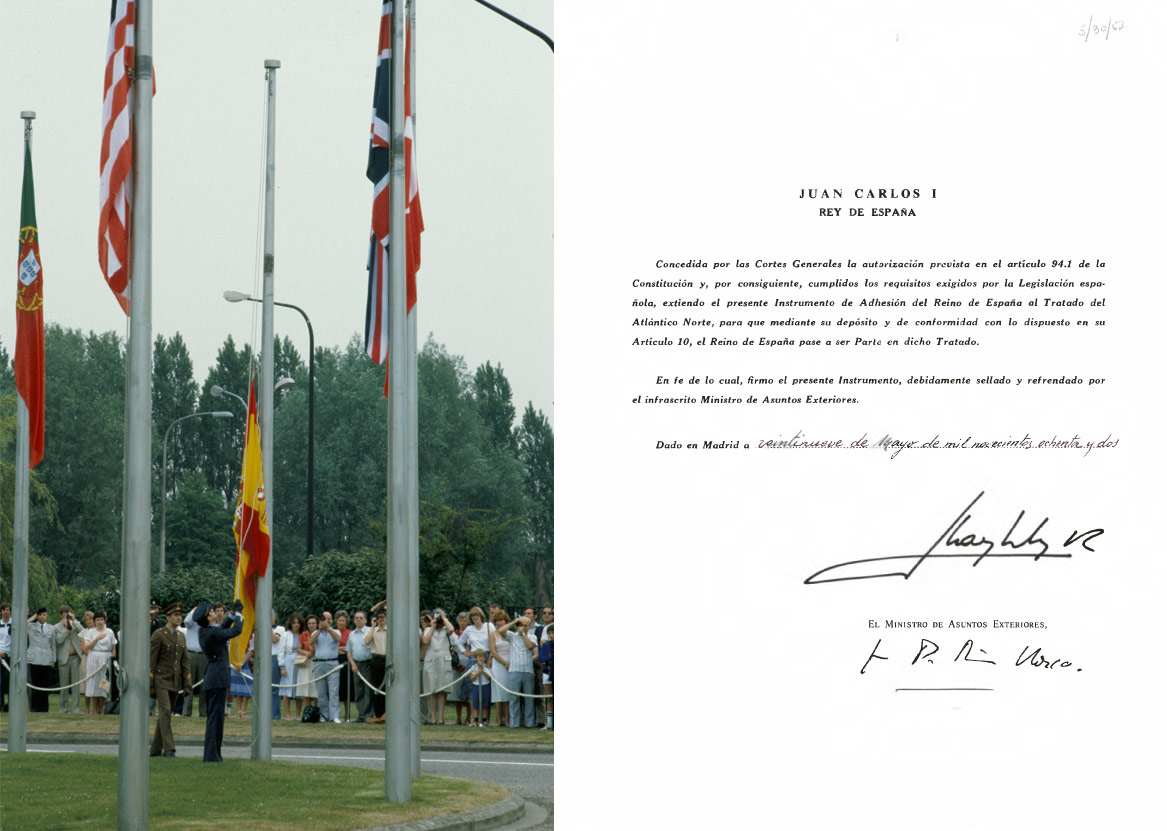
His Majesty King Juan Carlos I, the country's Head of State at the time, signed the Instrument of Accession for Spain in Madrid on 29 May 1982.

Rota naval base (left) and the air base of Morón de la Frontera, near Sevilla (right)

Spanish dignitaries at their first NATO meetings in the early 1980s

In 1992, Spain hosts the summer Olympic Games in Barcelona (left) … and the World Expo in Seville (right).
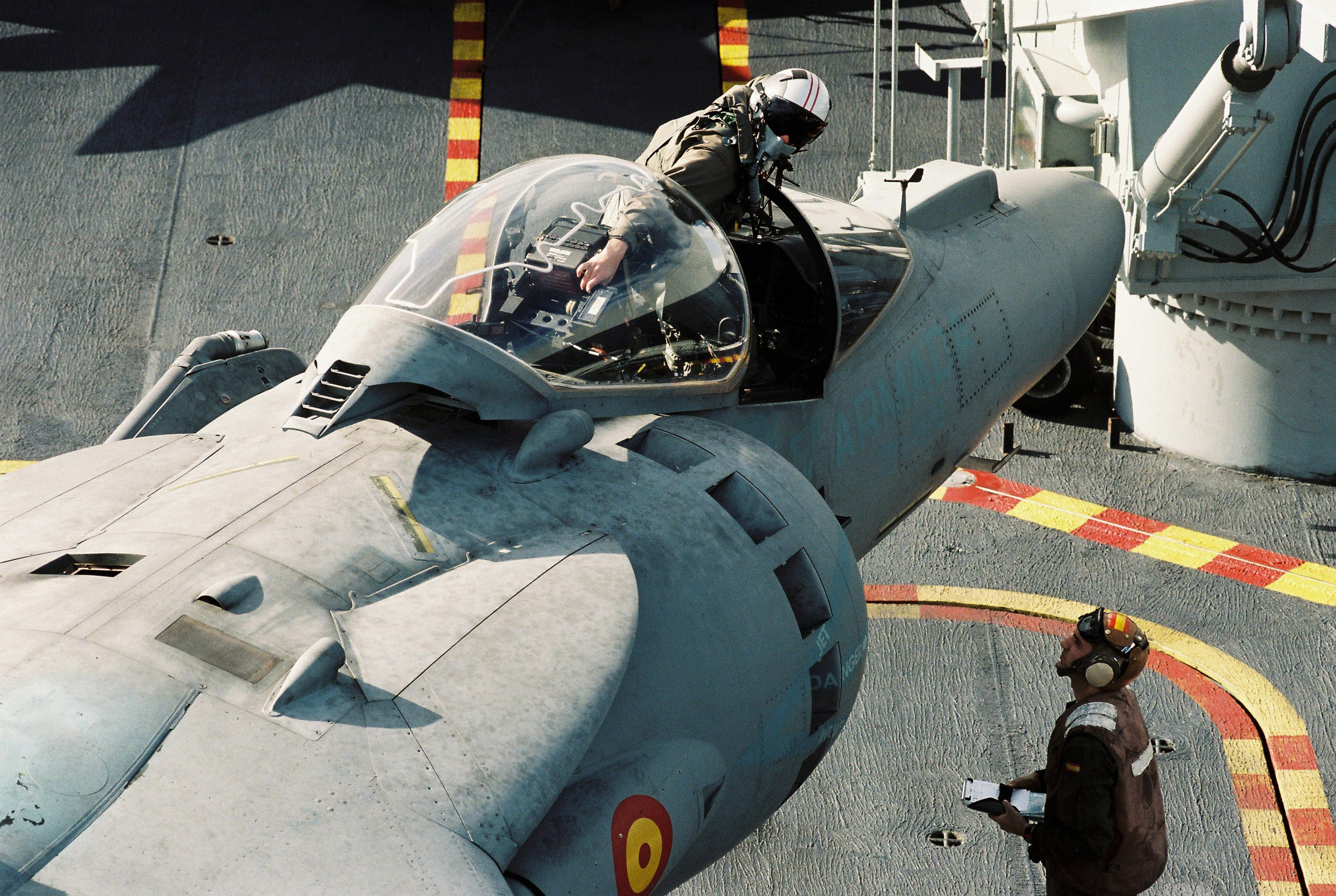
In 1998, NATO held Exercise Strong Resolve. Spain was one of the 25 participating countries.
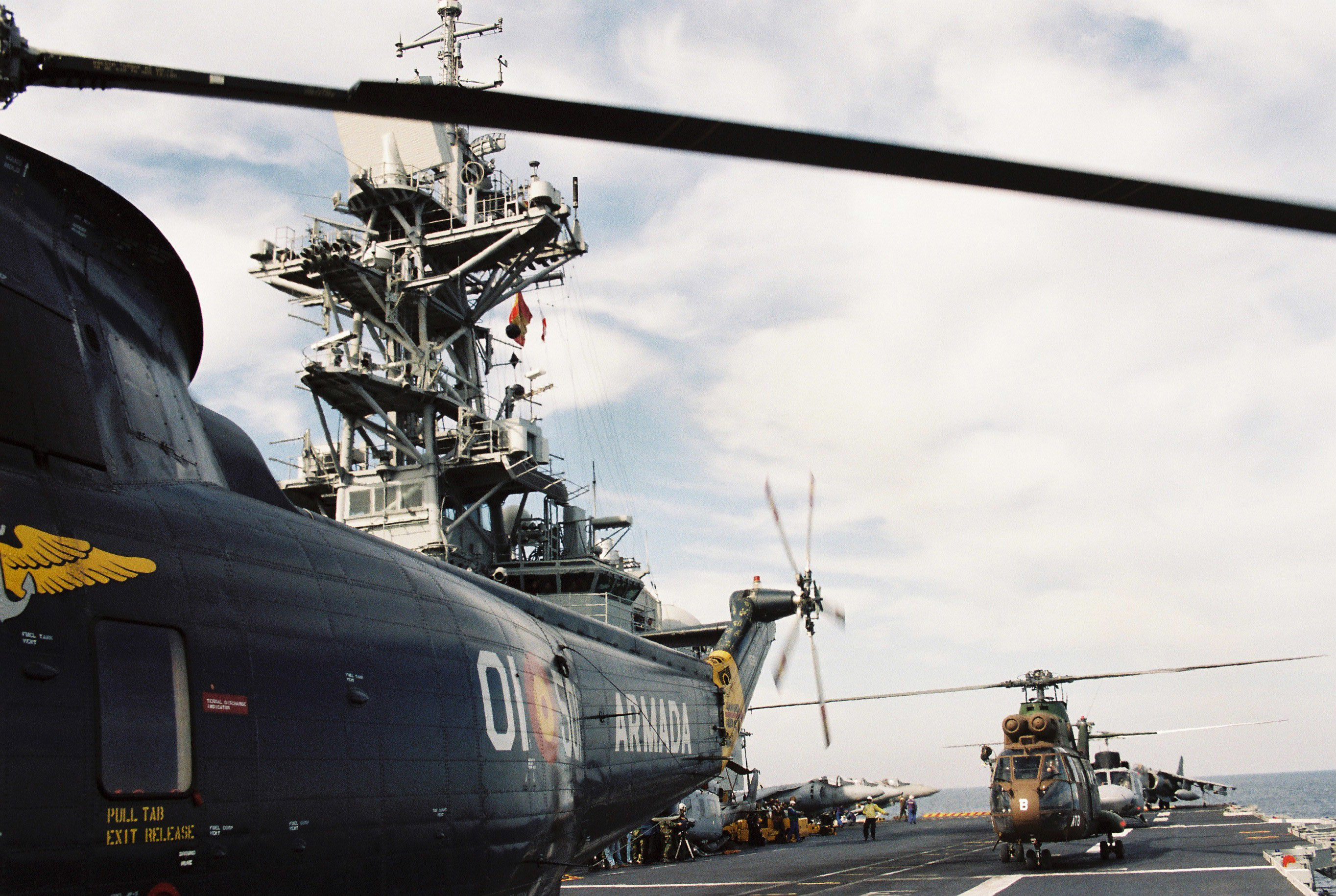
One of its objectives was to test the ability of forces to conduct sustained operations in the air, on the land and at sea wherever the Alliance’s vital interests were threatened.
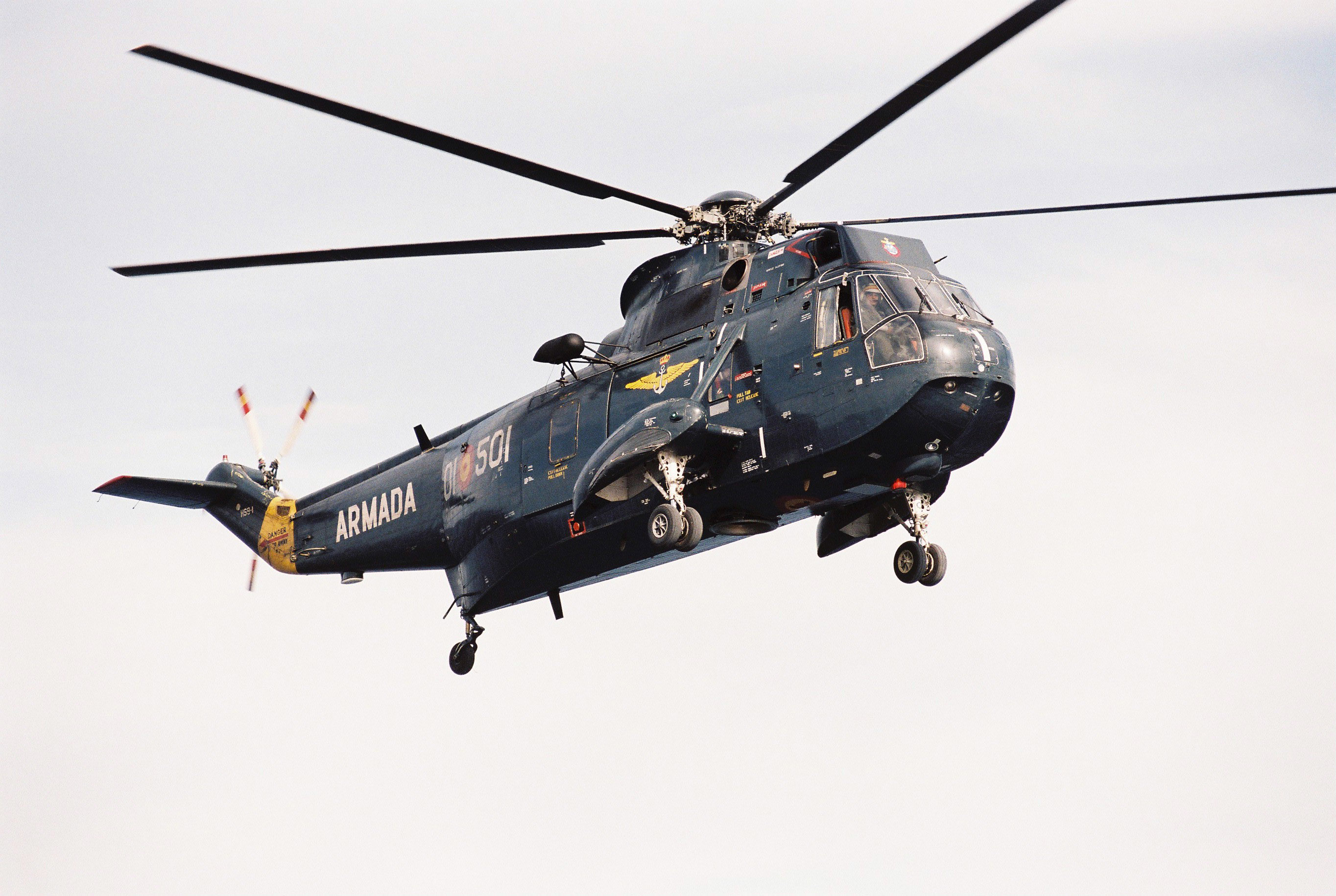
Here a helicopter has just taken off from the USS Mount Whitney aircraft carrier.
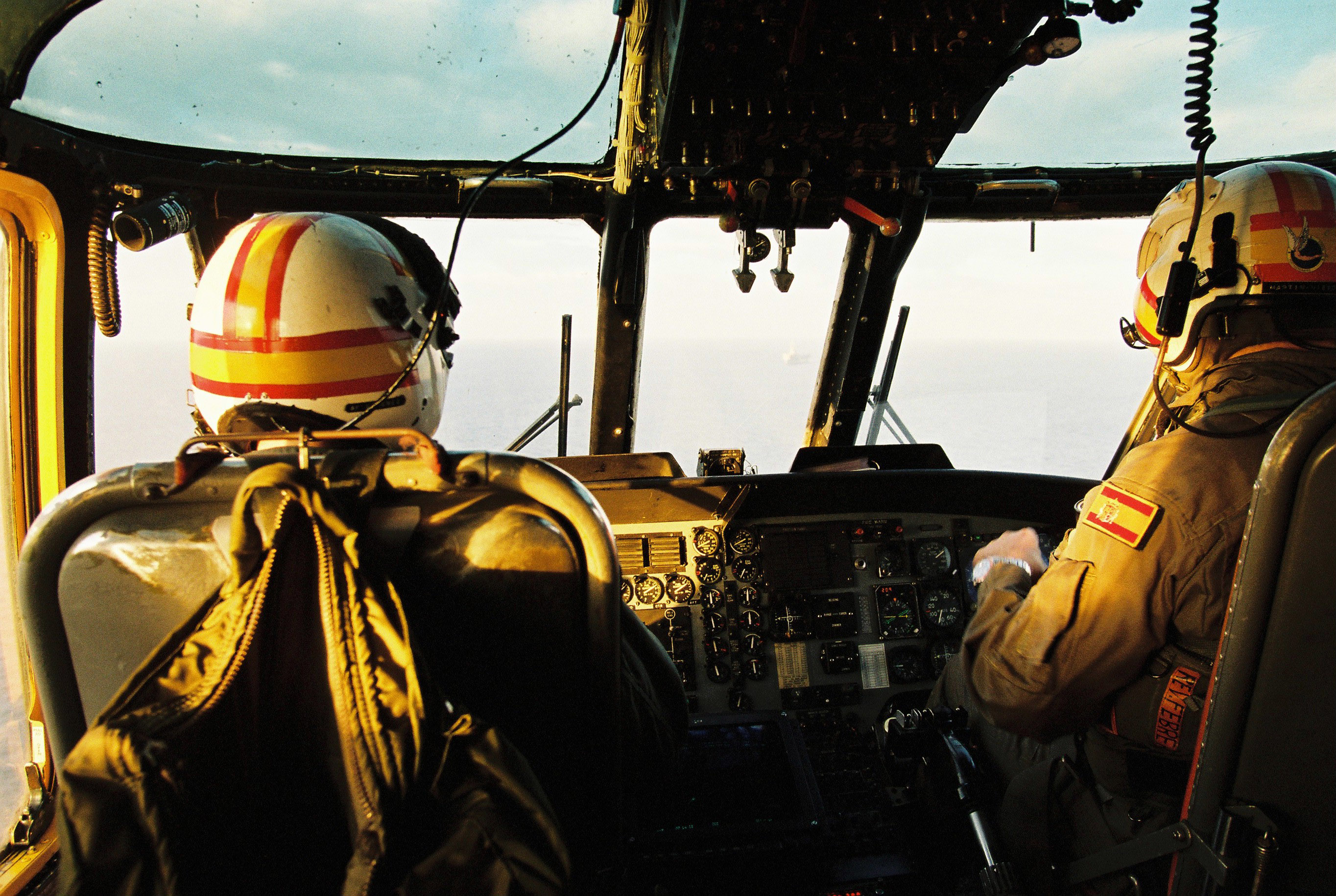
These helicopter pilots were two of 50.000 military personnel participating in the exercise.
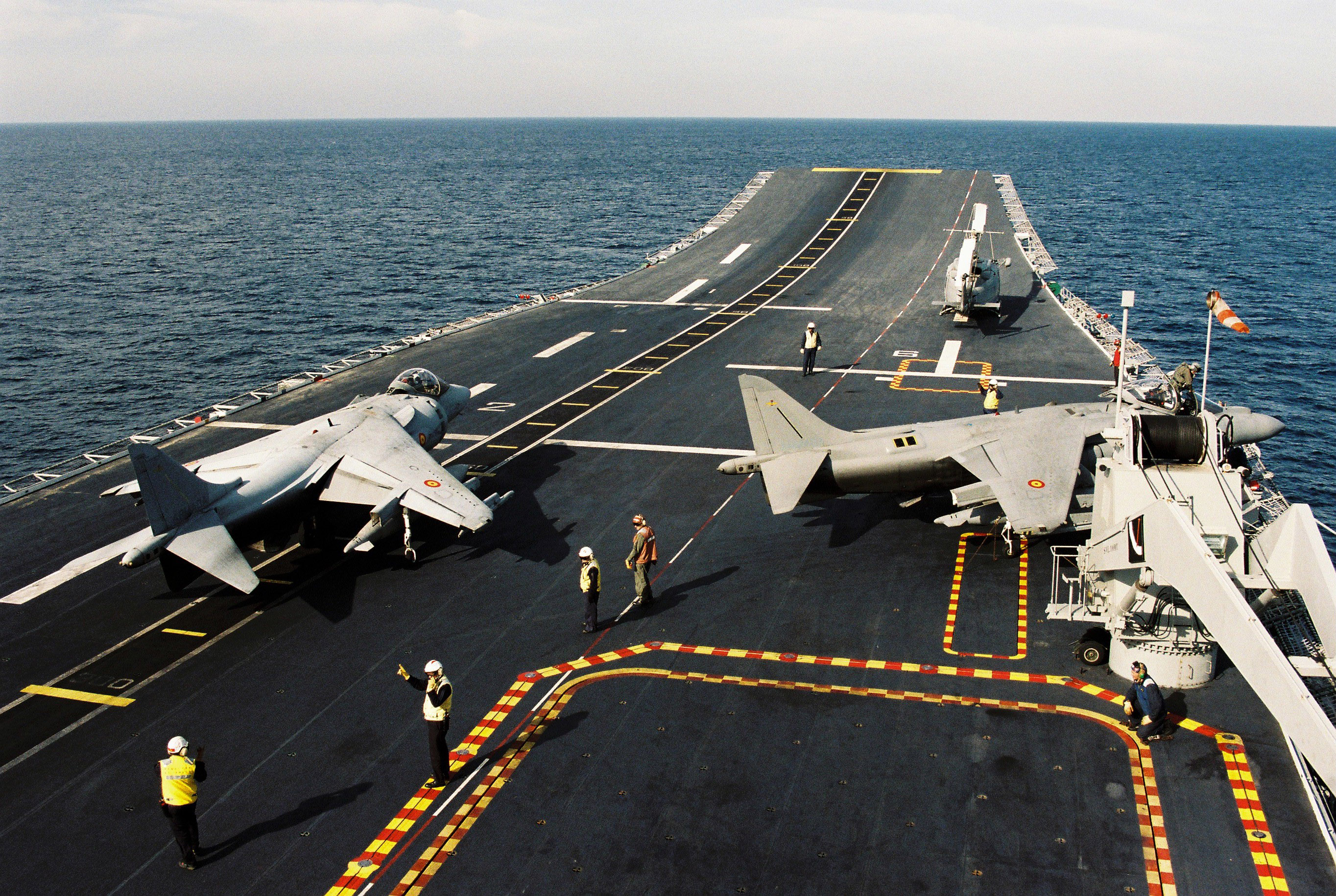
The exercise involved an Article 5 scenario in the north of Europe and a peace support operation in southwestern Europe. In the latter, Strong Resolve 98 stretched across the Iberian Peninsula, the South-Eastern Atlantic and the Western Mediterranean, and required the use of aircraft carriers.
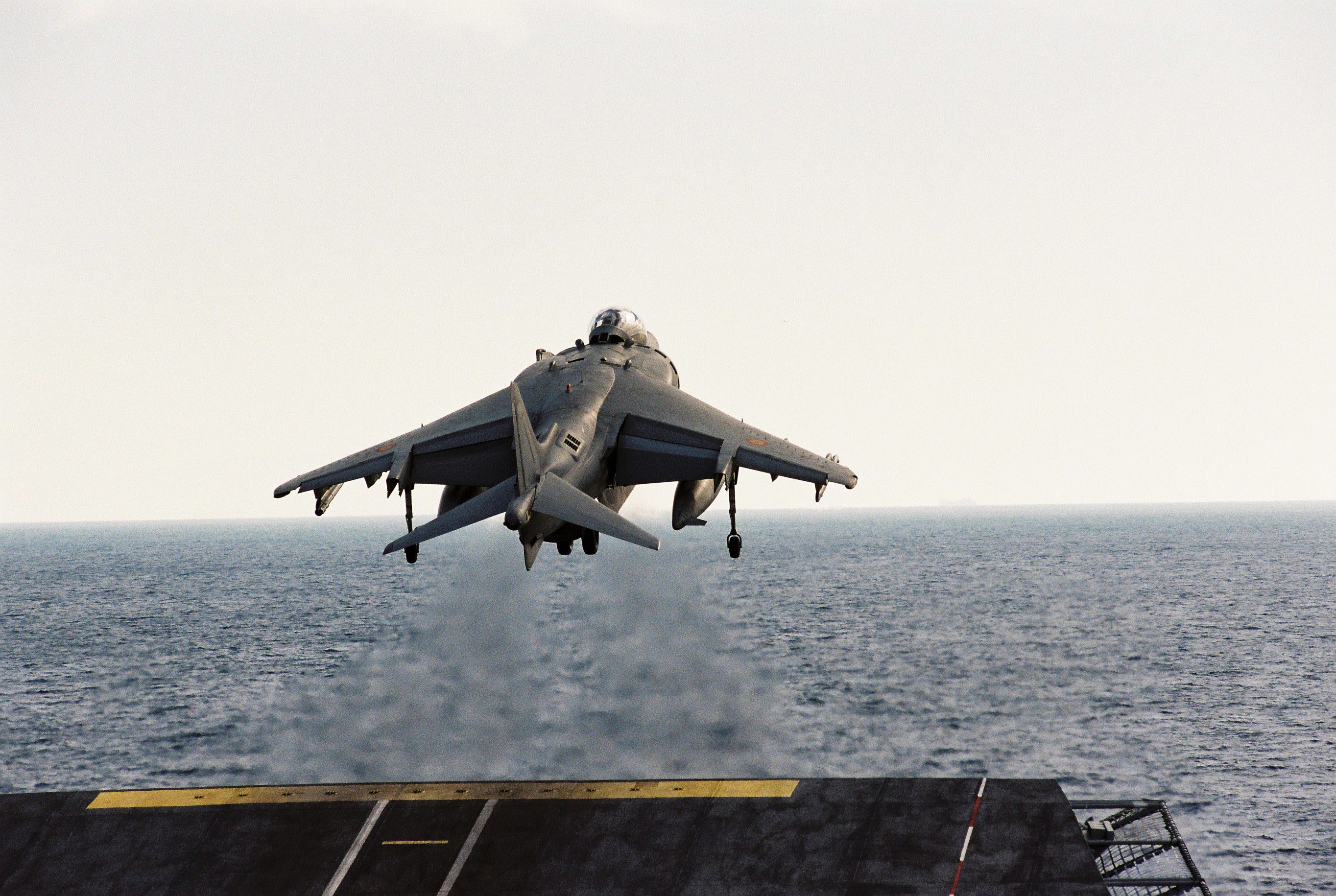
A Spanish fighter jet takes off for its surveillance mission over the region.
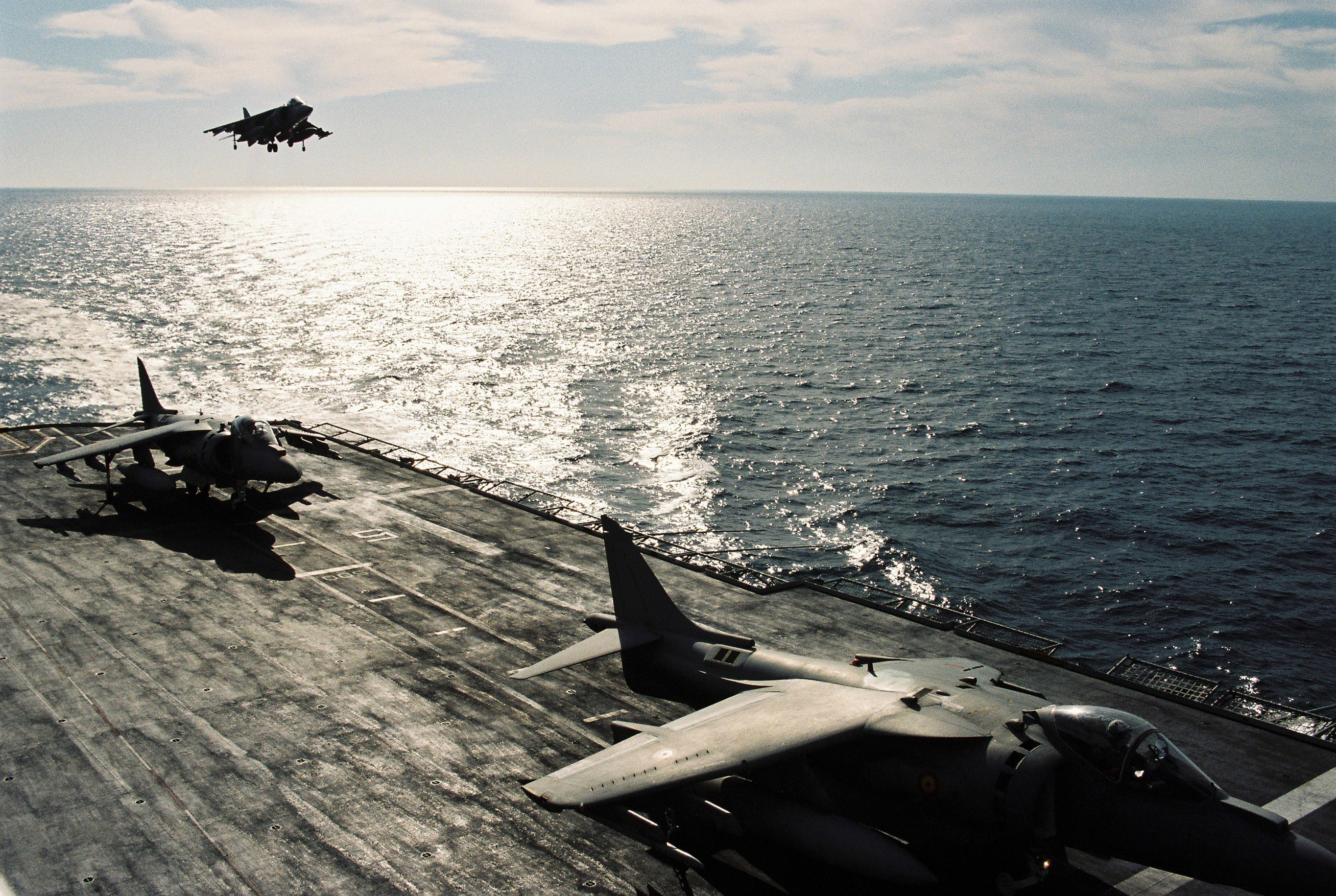
... and comes in for landing.
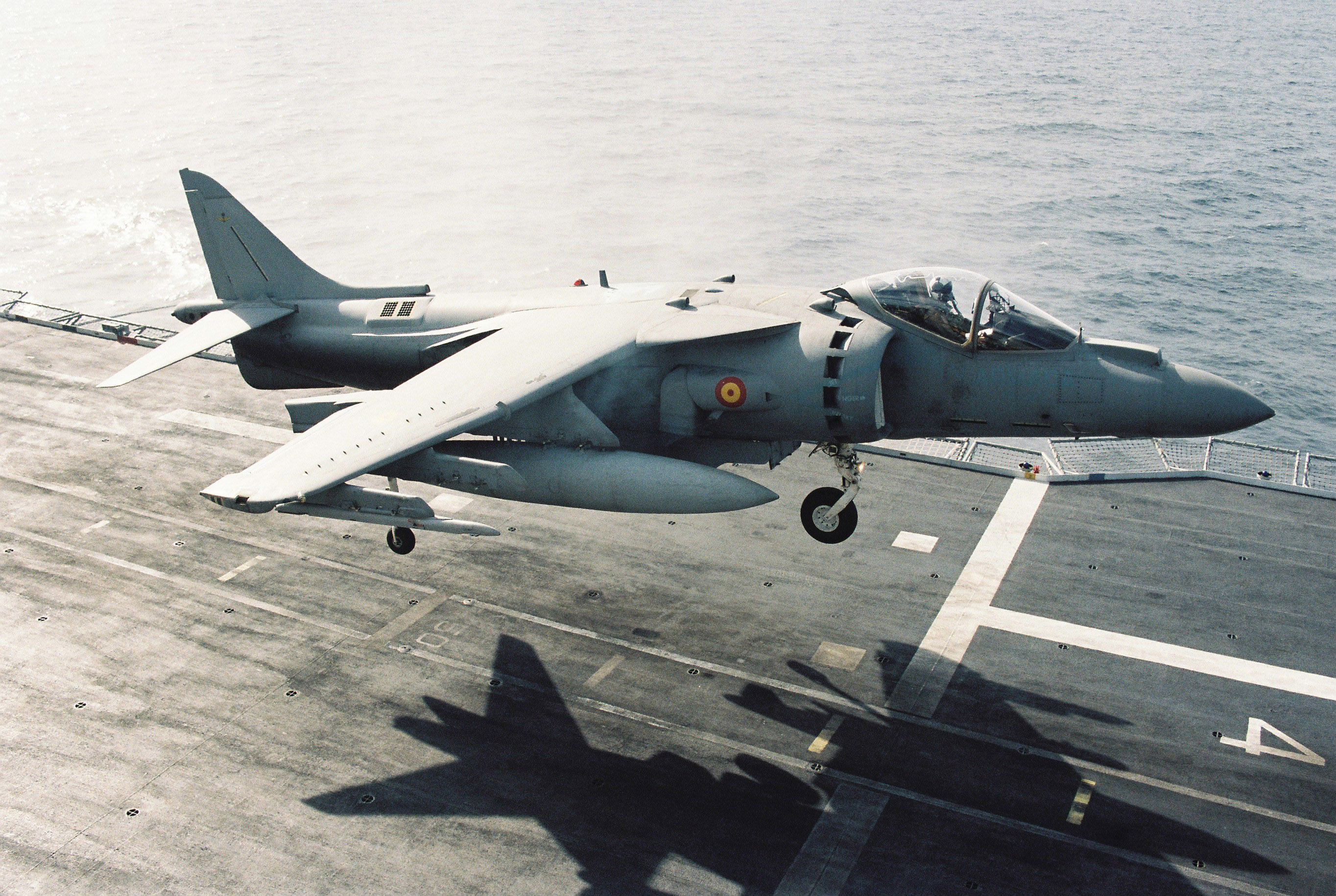
The landings are delicate and require highly skilled pilots.
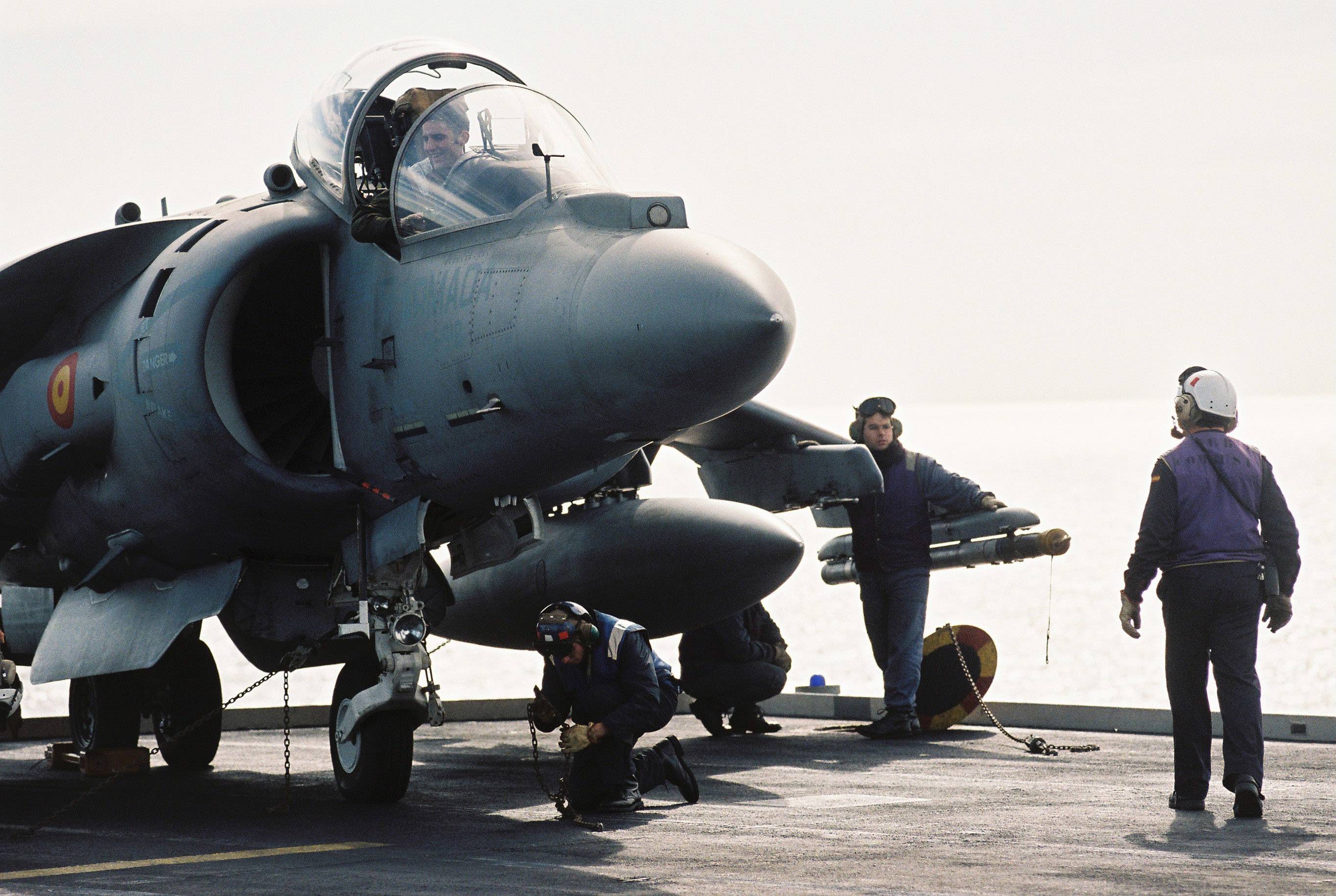
Mission accomplished!


Spain started to participate in NATO exercises from 1996 onwards. Here a Spanish fighter jet takes off from an aircraft carrier during Exercise Strong Resolve 98.
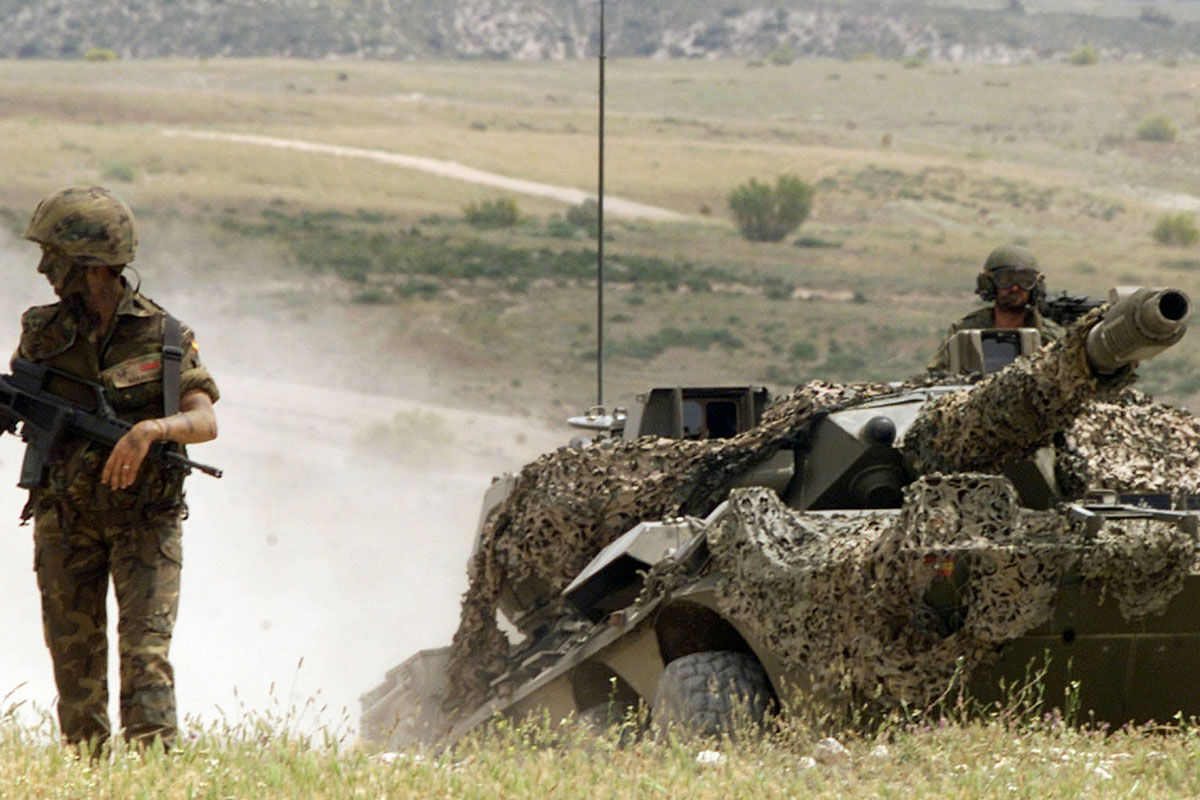
In 2002, Spain participated in Exercise Dynamic Mix alongside troops from France, Germany, Hungary, the Netherlands and the United States.
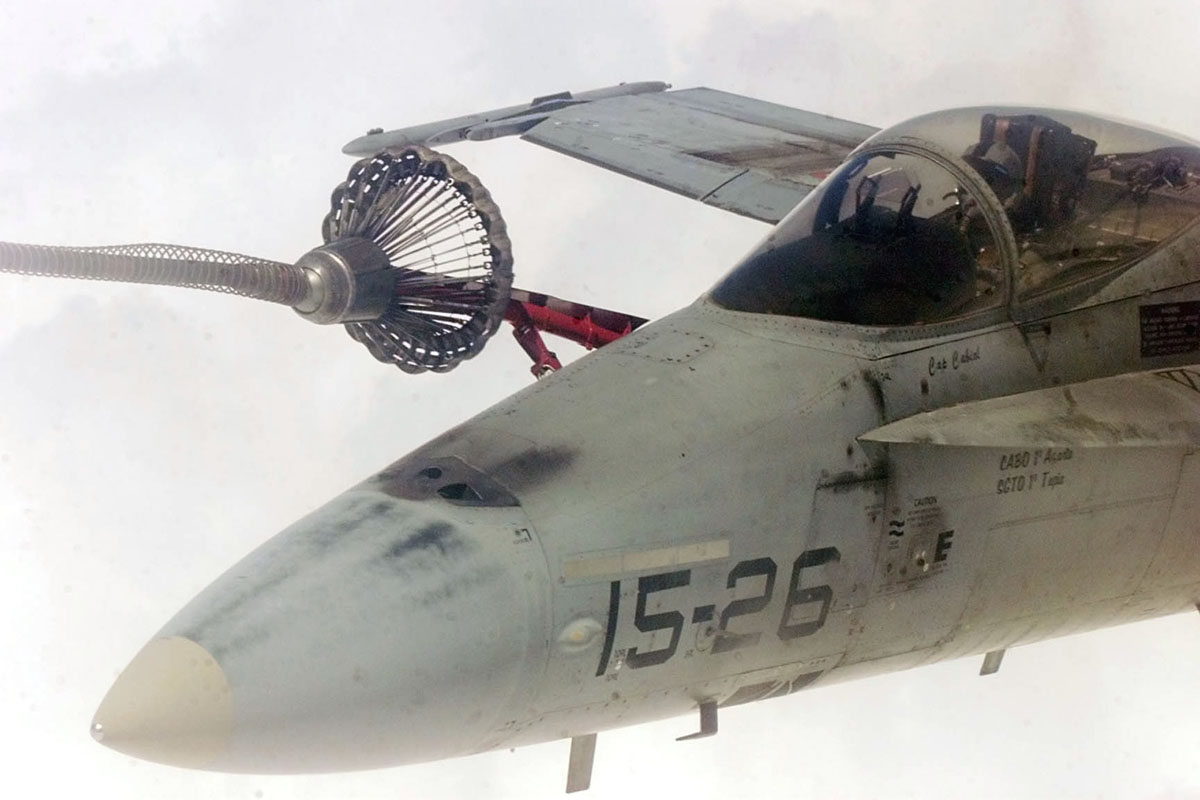
During the same exercise, a Spanish F-18 fighter jet refuels, mid-air, from a Hercules plane.
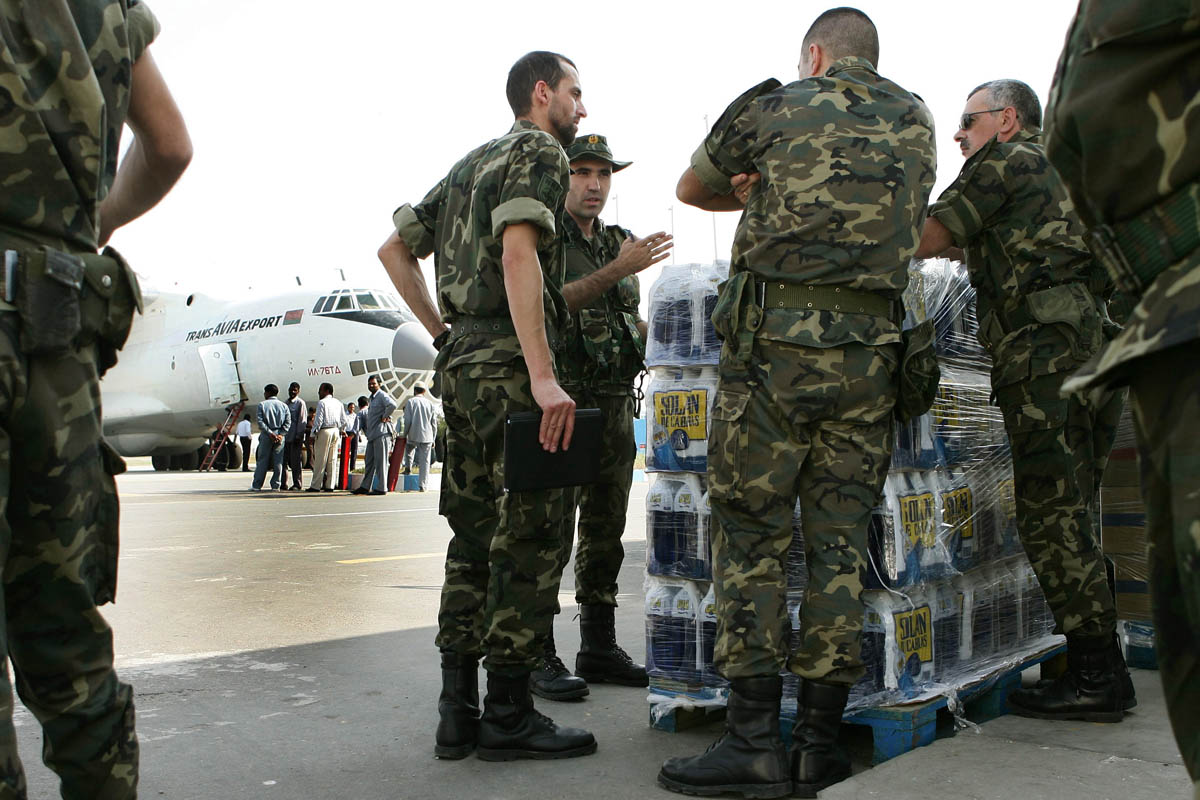
Following the earthquake in Pakistan in 2005, Spanish troops helped to provide humanitarian assistance to the devastated region of Cashmere as part of the NATO relief effort.
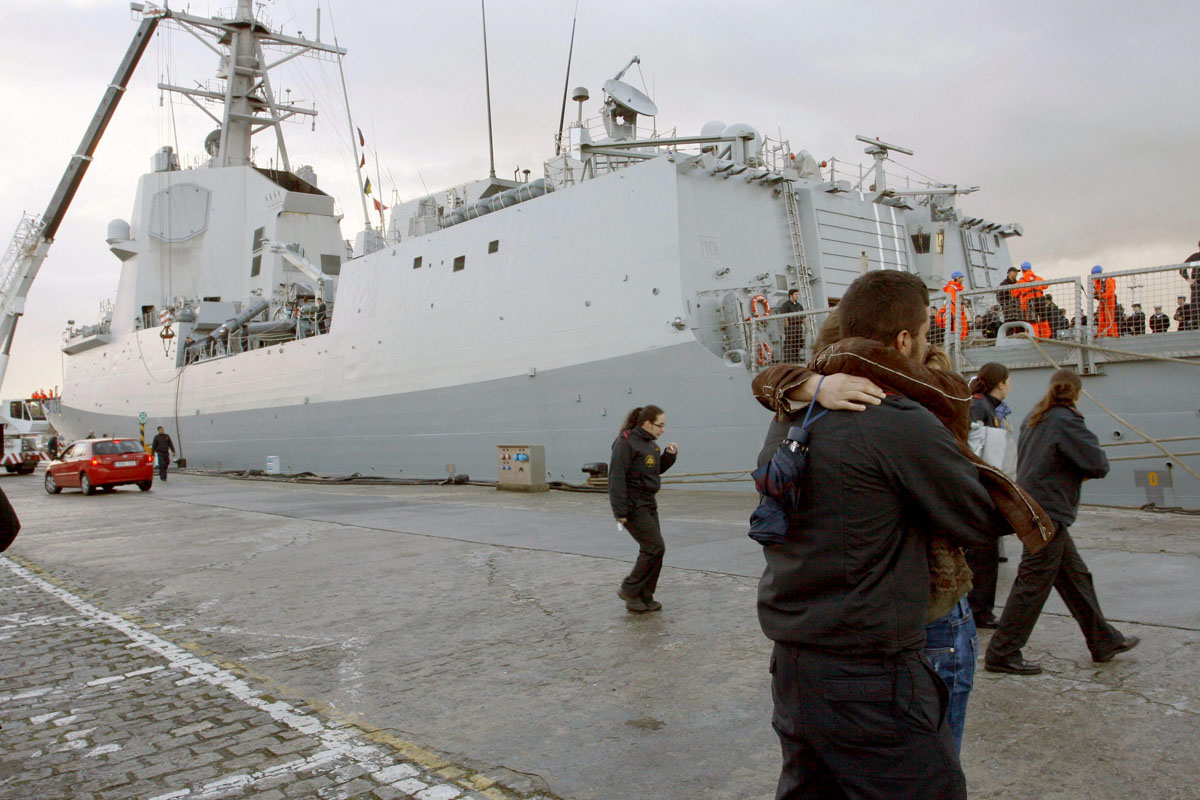
The frigate F-102 ''Almirante Juan de Borbón'' returns from NATO’s counter terrorist operation, Active Endeavour, in the Eastern Mediterranean.
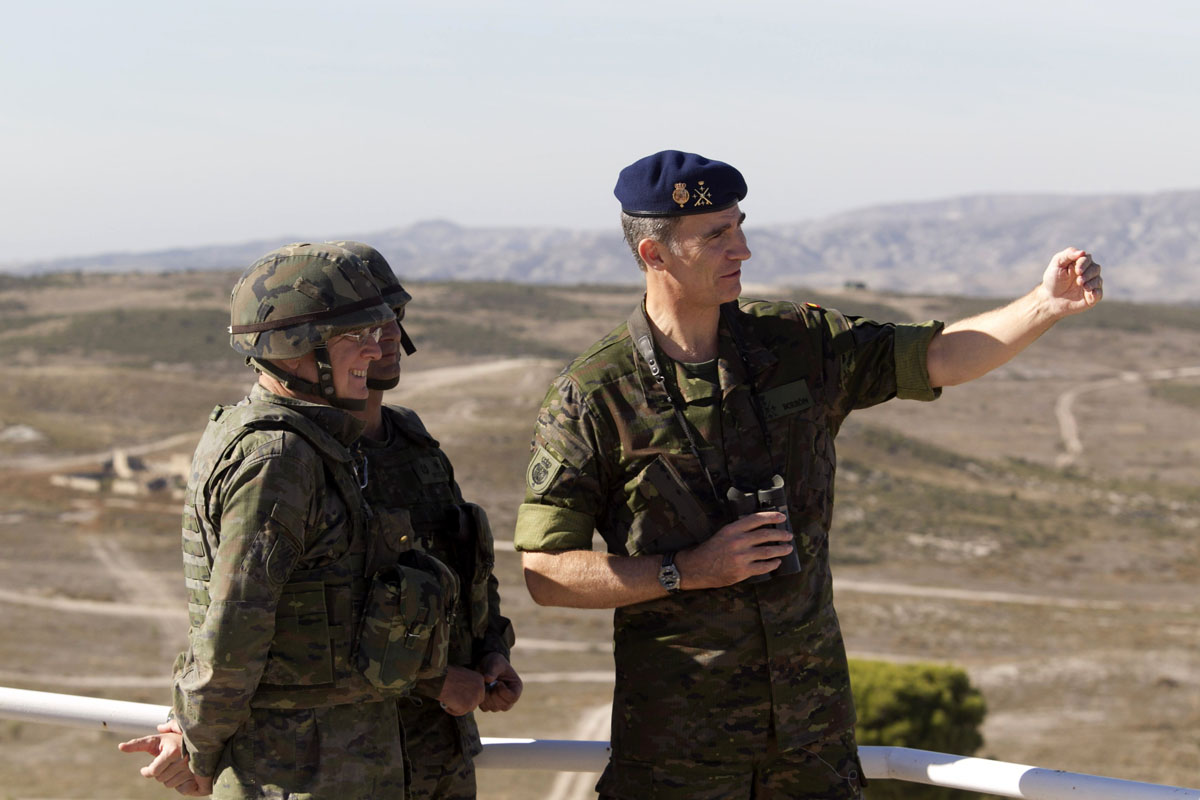
King Felipe VI of Spain listens to explanations given by General Luis Cebrián as manoeuvres of the Light Airborne Brigade “Galicia VII” take place during Exercise Trident Juncture 2015.
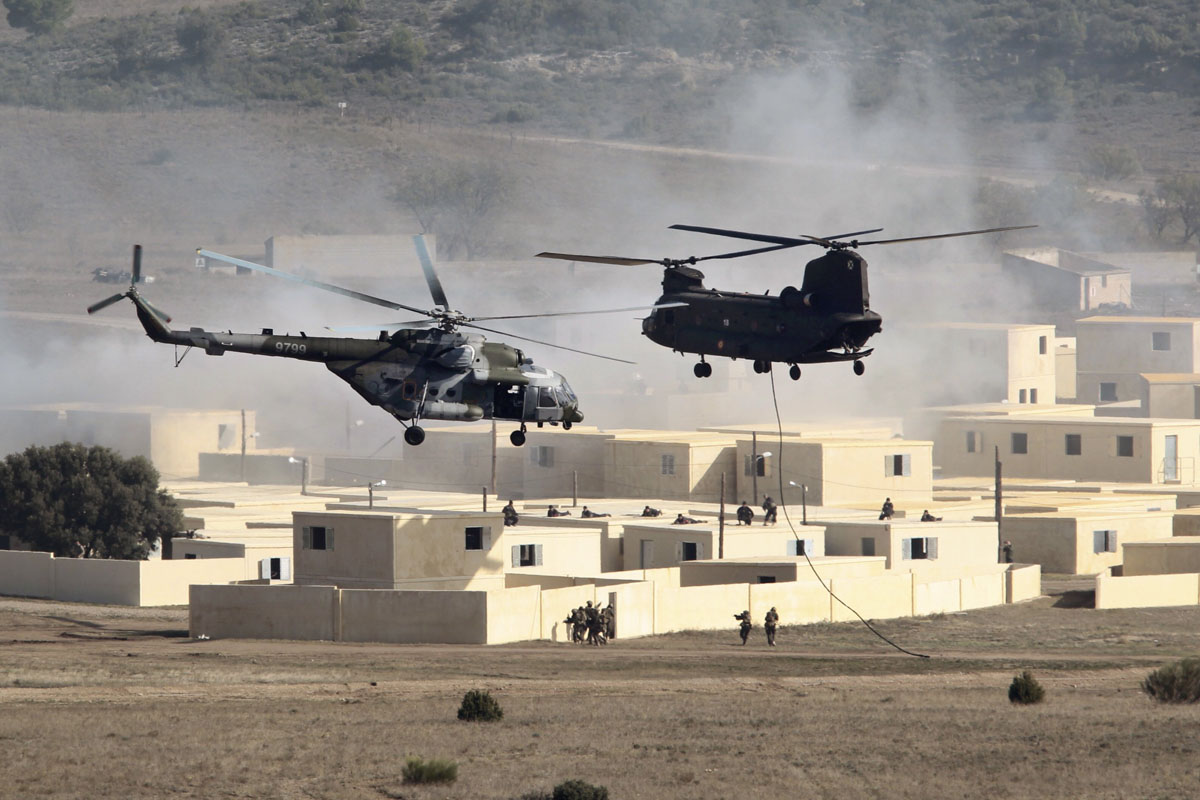
A shot of MI 171 (left) and Chinook (right) helicopters participating in Exercise Trident Juncture 2015 in San Gregorio, Zaragoza.
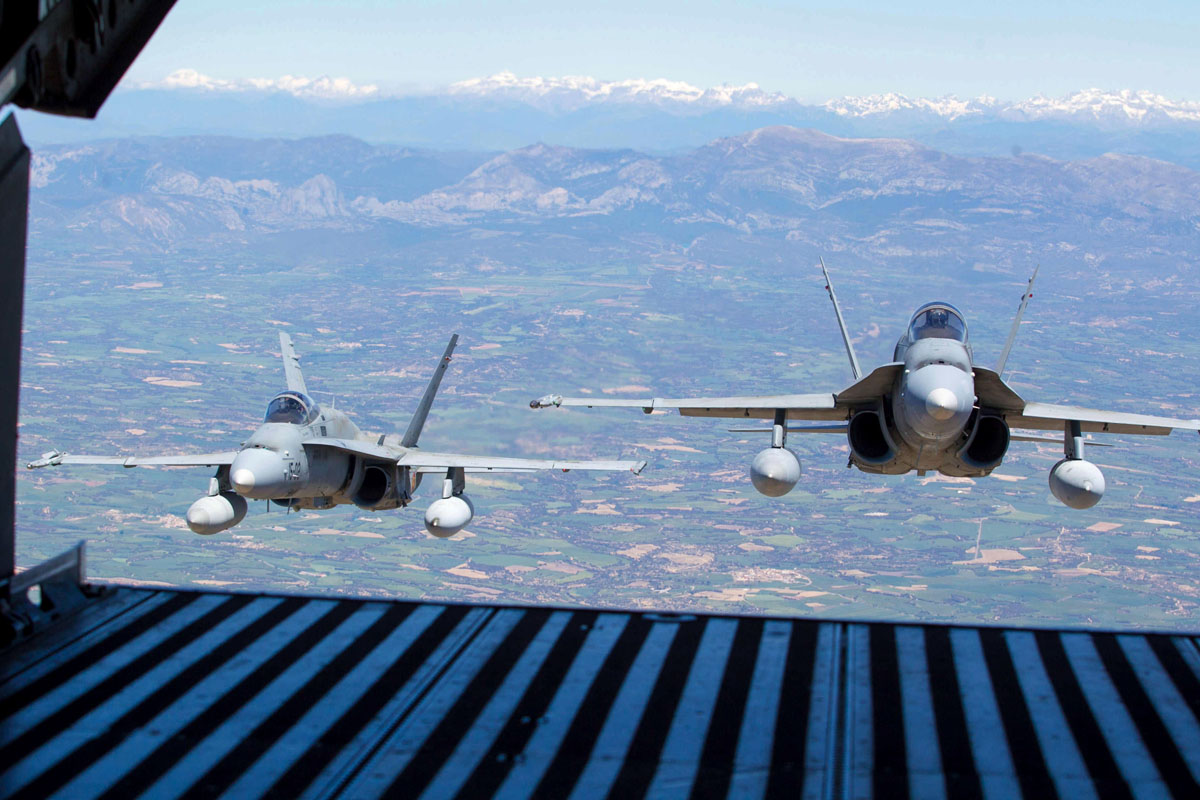
The first time Spain participated in NATO’s Baltic air policing mission, it contributed F-18s in Estonia; they are seen here from a T-21 transport aircraft.

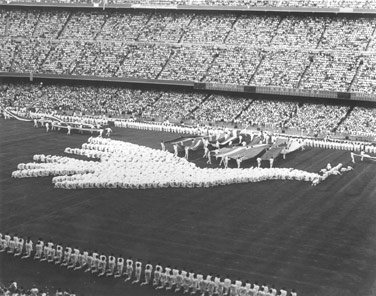 In June 1982, just two weeks after its accession to NATO, Spain hosted the World Cup.
In June 1982, just two weeks after its accession to NATO, Spain hosted the World Cup.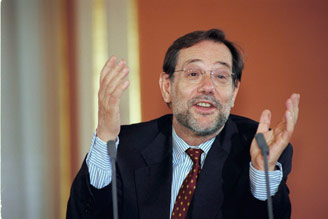 Francisco Javier Solana de Madariaga was NATO's
Francisco Javier Solana de Madariaga was NATO's